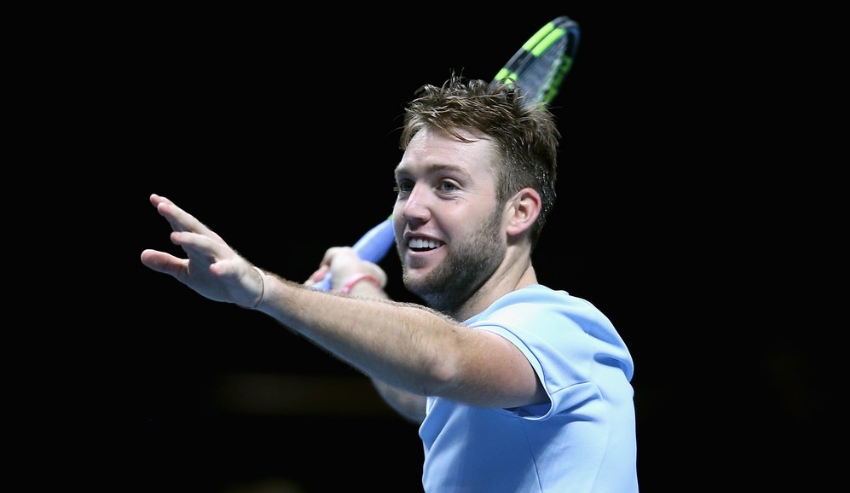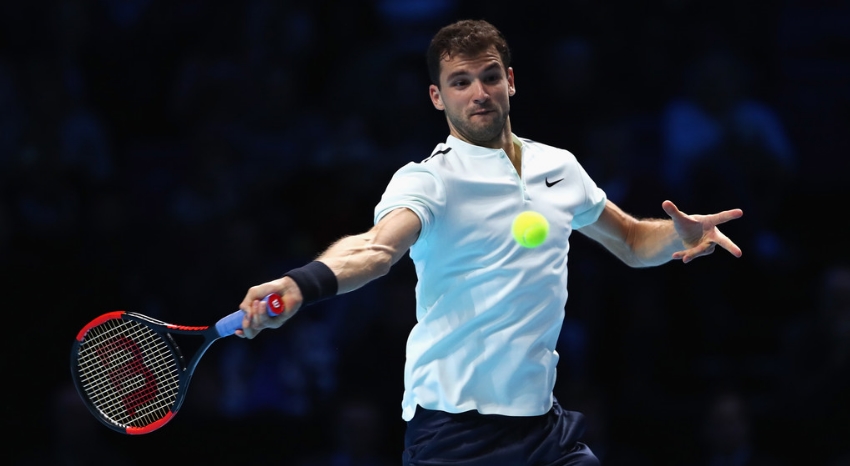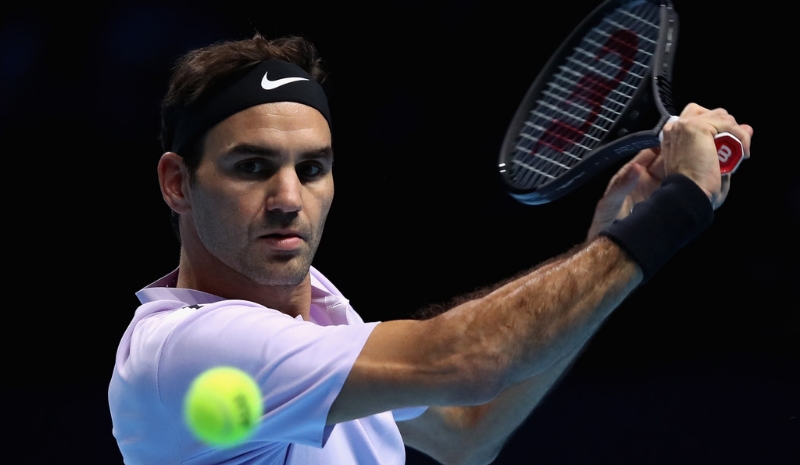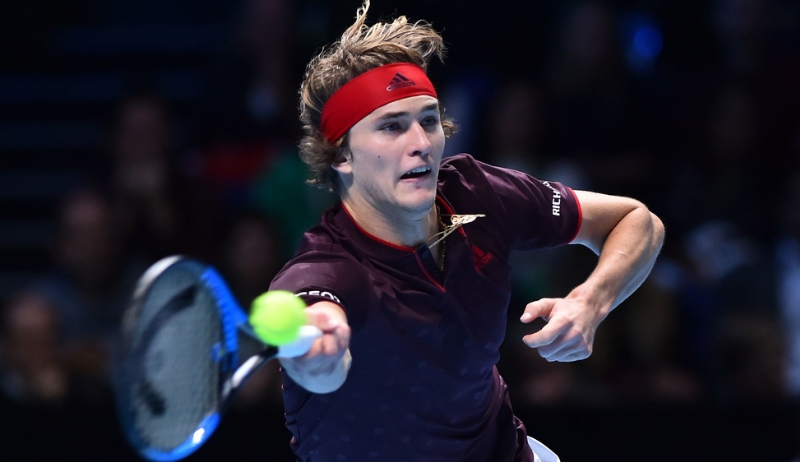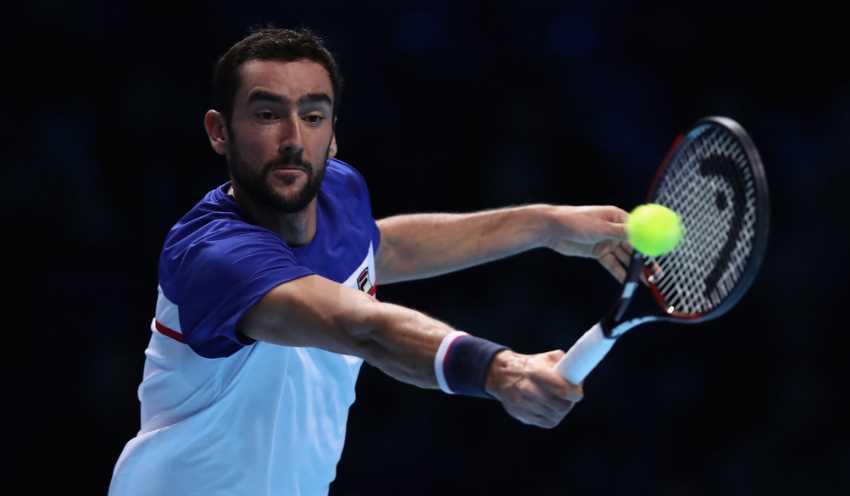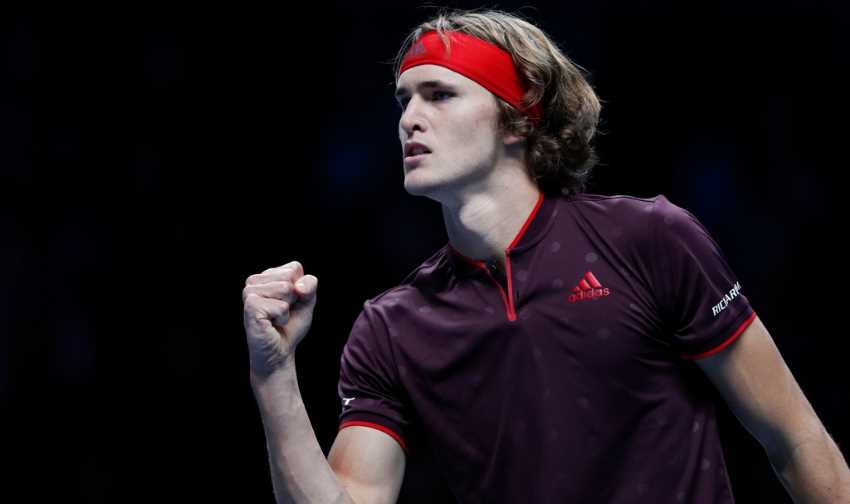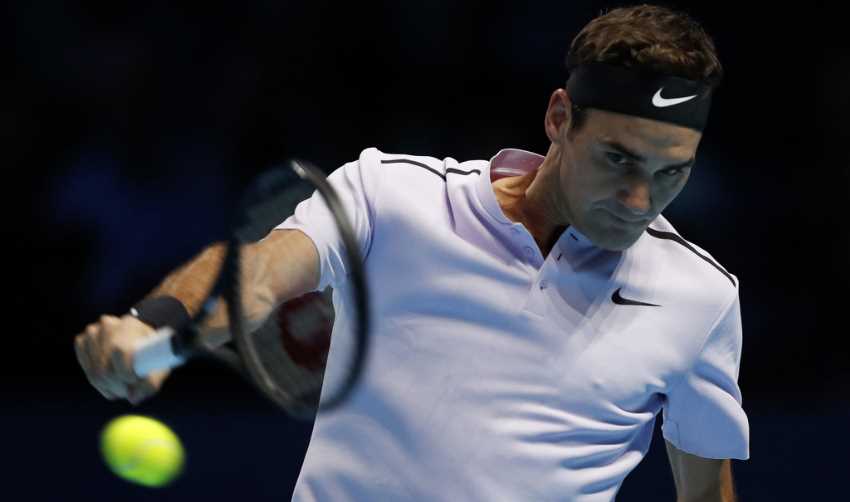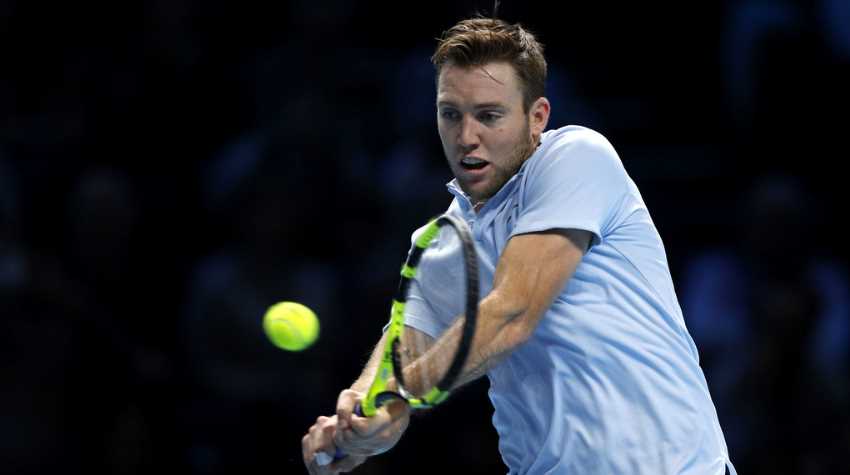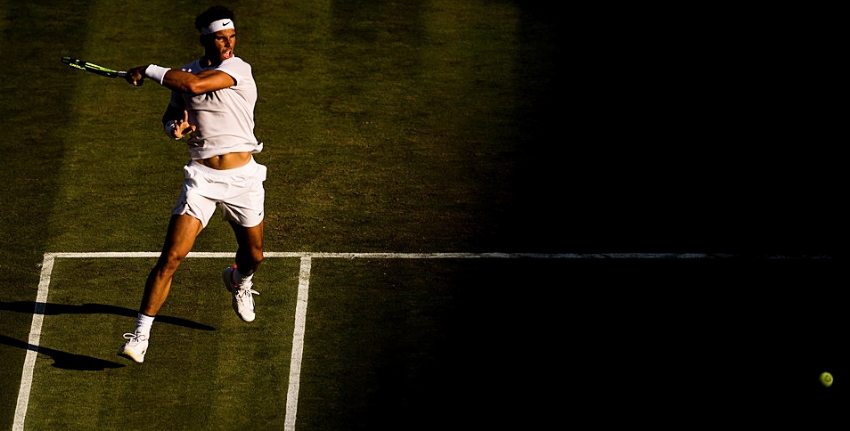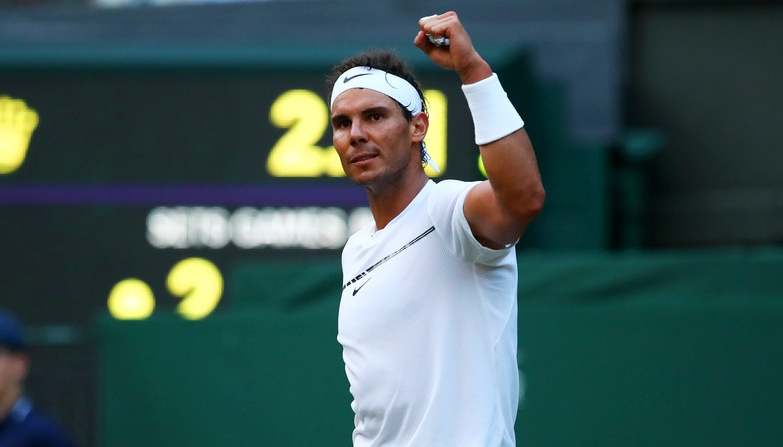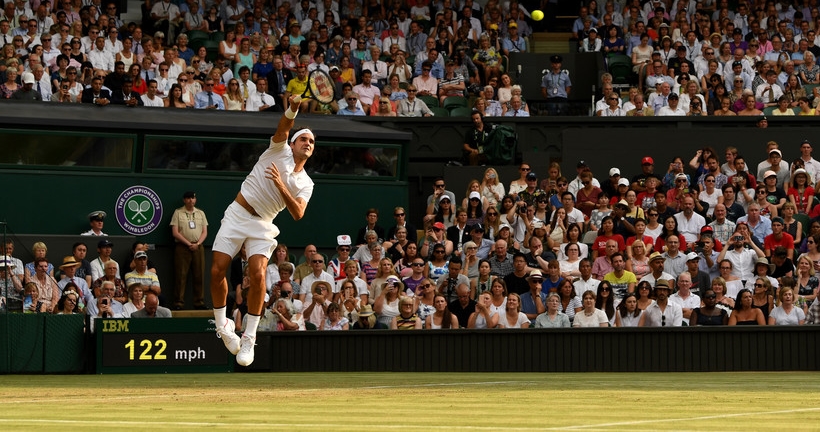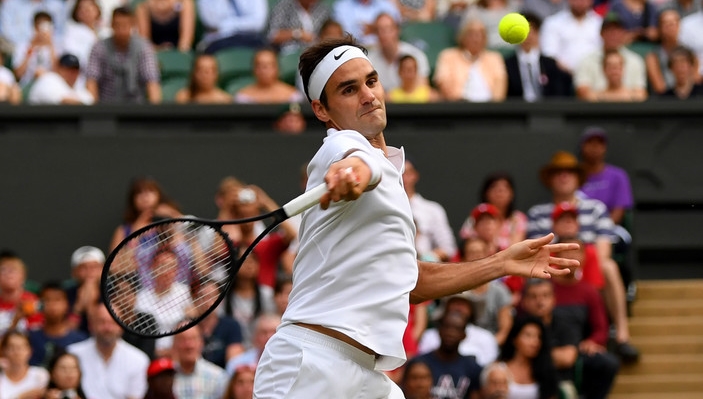Although Alexander “Sascha” Zverev, ranked no.5 in the ATP and holder of six career titles, should have been on paper the favorite to win when he stepped on the court to face Borna Coric, the 36th-ranked Croat, for his quarterfinal match at the Miami Open, most tennis fans who follow the game closely knew better.
Outside of his first-round loss at the Australian Open, Coric had enjoyed an impressive 2018 season, including a semifinal appearance in Indian Wells and a trio of three-set victories, all against quality opponents, to reach the quarterfinals in Miami. Having played nine matches in three weeks, with five of them extending to three sets, he had appeared to answer the call physically and mentally.
There was also their head-to-head record that favored Coric 2-0 when they started the match. Both previous encounters were extremely close, with Borna winning 7-5 3-6 7-6 in Cincinnati in 2015 and 3-6 7-5 7-6 7-6 at the US Open in 2017.
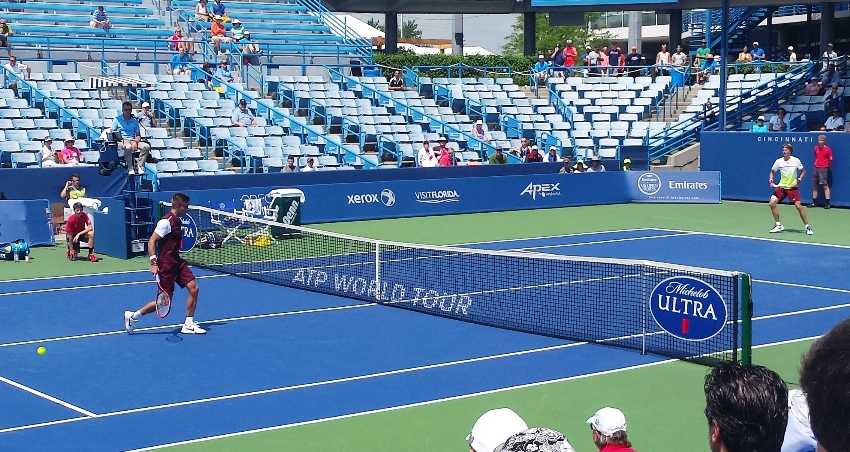
Simply put, there was every reason to expect an intriguing match that was hard to predict.
It ended up more one-sided than expected, with Zverev outplaying Coric in almost every facet of the game. I have a couple of lingering thoughts on these two players that I want to put on paper, or on the computer screen in this case, but let’s get to the story of the match first, because every match has one.
Zverev’s straight-set victory today did not happen because he did one thing to which Coric could not find a solution or because Coric had a bad day at the office all around, or because Zverev happened to win the few key points that decided the outcome, although the 6-4 6-4 scoreline would suggest the latter. Few differences coming into play intermittently made it possible for Zverev to never be in any trouble throughout the match.
Zverev served well, on both first and second serves. Yes, his percentage on first-serve points won was striking at 83%, but the depth on his second serves was majestic. He was able to apply persistent pressure Coric during rallies. So, what should Coric, or any player facing this problem, do to tackle this problem? One possible solution is to step in on your opponent’s second serve and return aggressively in order to take away his baseline drives from the beginning of the point.
Yet, every time Coric attempted to take charge with his return on the German’s second serves, Sascha came up with high-velocity and/or high-bouncing serves that landed on the back line of the service box, forcing Coric to step back or hit the return at a higher point than his sweet spot, in case he did not step back.
If you need examples, see the 2-1, 40-15 and the 4-3, 40-15 points in the first set. In the latter, for instance, Sascha lands a fabulous second serve that pushes Borna back and forces him into a defensive return. In other words, Coric had no choice but resort to doing the opposite of what he initially intended to do when he stepped up to return. Thus, Sascha controls the second shot, Coric has to scramble on defense, and the point ends with Sascha hitting the winner on the third shot.
There is your explanation as to how Zverev won 75% of the points launched with his second serve. When you can complement your 83% first-serve points won – he literally won two or three free points in each serving game with his first serve – with a 75% rate on your second-serve points won, and commit zero double faults, you get to win your service games comfortably. Zverev lost only 5 points on his service games in the second set. Coric’s only two chances to break came in the very first service game of the match by Zverev.
And that brings me to my pet peeve, which is the importance of the first two games of a set and their underrated existence in match analyses. I bet Coric would like to replay that 30-40 break point at 1-0 up in the beginning of the match, the one in which he missed a routine forehand deep.
Speaking of errors, they were another factor that contributed to Coric’s inability to worry Zverev. As I noted above, Coric did not particularly play badly. He did, however, err uncharacteristically on some important points. The above at 1-0 up, break point, was perhaps the most important one.
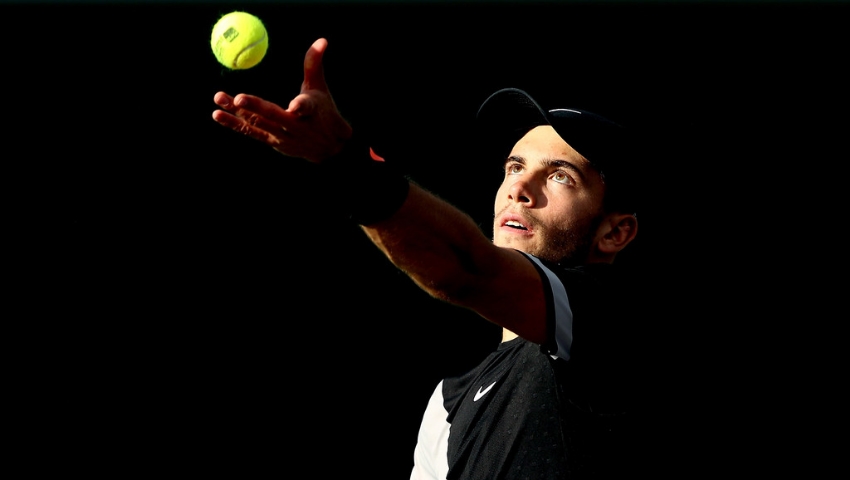
There were also the two unforced errors that made him trail 15-40, at 3-3 in the second set. He got out of that hole, so initially it may seem like a no-biggie in retrospect. But when you do that two service games in a row and fight hard to dig yourself out of each hole, it carries long-term consequences. When you get behind in the score due to those types of errors, although they end up not costing you in those two games (Coric also saved two break points in the 1-1 game), harm your confidence in your ground strokes. The resulting mental dent may come back to haunt you later in the set.
It most likely did for Coric, in the most crucial game of the second set, when he served at 4-4. At 15-15, he missed a backhand down-the-line deep that he would make nine out ten times. He followed it up with another routine cross-court backhand missed wide, and he found himself down two break points once again. He saved the first one but could not save the second (sixth in the set), committing yet another backhand error. It was probably the worst service game played by Coric from the baseline but having to dance on thin ice on your service games throughout the set while your opponent is winning his serves with ease, can crush you when the match is on the line.
Again, it was not like Coric performed badly throughout the match from the baseline. In fact, in those break points that he saved in the second set, he played some of his best tennis. He bravely hit a rocket backhand down-the-line on one, put his touch on display with a fine drop volley on another, and got a big first serve in on a third one. Zverev did not perform far above his standards from the baseline either. He also committed some errors. The German was, however, the more pro-active player, looking for openings, stepping inside the baseline, changing the pace of the ball, while Coric parked three meters behind the baseline, mostly retrieving, relying on his legs, and playing the reactive role.
Put all the above together and you get a convincing win in favor of Sascha, not in the form of a blow-out (which is more likely to occur if one player had a weakness that the other relentlessly exploited or if one player did everything a little better than the other), but in the form of a steady stream of shifting advantages appearing through various facets of the game, resulting in the inevitable.
I will conclude with one last lingering thought specifically with regard to these two players – and a handful of others with the same obsession, Karen Khachanov comes to mind.
Both players possess better backhands than forehands. Yet, they both occasionally, and inexplicably, move around their backhands to hit forehands. It is baffling to say the least and I am not even sure that it benefits them. Coric and Zverev do not have bad forehands per se and they are capable of accelerating using them. It is just that they can cause the same damage, or more, I would argue, with their backhands. I also believe that Borna and Sascha are themselves aware of the fact that they have better overall skills on their backhands than on their forehands.
So, why then, this obsession with hitting a forehand when you can line-up your strongest shot from the exact same spot? I can provide several detailed examples from this match alone for both players, but I will just stick to a few by Zverev. In the 2-1, 15-0 point, he chooses to hit a forehand and misses. In the 40-15 point at 5-3, he hits three great backhands, puts Coric on the defensive, then moves to hit a forehand on the next shot and misses deep. On the deuce point at 1-1 in the second set, he takes a few steps to run around the backhand, and strikes a forehand that lands behind the baseline.
I would argue that in each one of those points, Zverev would have gotten better results if he got his feet positioned and took those same cuts with his backhand.
In fact, a sequence in the fourth game of the second set shows that he can. In the 2-1 game, at 15-15, Zverev runs around the backhand and produces an inside-out forehand winner. Guess what? Two points later, Coric hits the ball slightly more to Zverev’s backhand side, and this time, Zverev does not around. He sets up and strikes a backhand. He produces almost an identical winner to the one from two points ago, except on his backhand this time, and with a sharper angle.
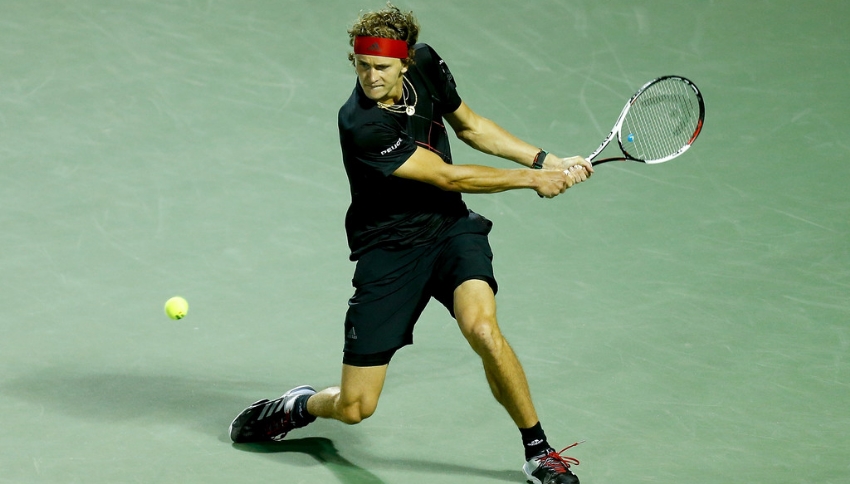
I discussed this obsession of certain players with one of the leading tacticians in our game at Roland Garros two years ago and he said that there were studies showing that players can accelerate – or create power – with their forehands better than their backhands. He was not necessarily arguing to the contrary, but data apparently showed that hitting forehands is the preferred method of players when taking charge of a point. I have no doubt that the majority of the ATP players can power up the amp with their forehands. However, using that particular point to draw a blanket conclusion that forehands are preferable to backhands is one that I am not willing to accept.
Zverev will next play the Spaniard Pablo Carreno-Busta, another baseline monster, for a spot in the final. I predict that the German will have to decide a number of times in that match whether to run around the backhand or not. If he does, his forehand better be operating at maximum capacity.
Until next time, enjoy the tennis!

